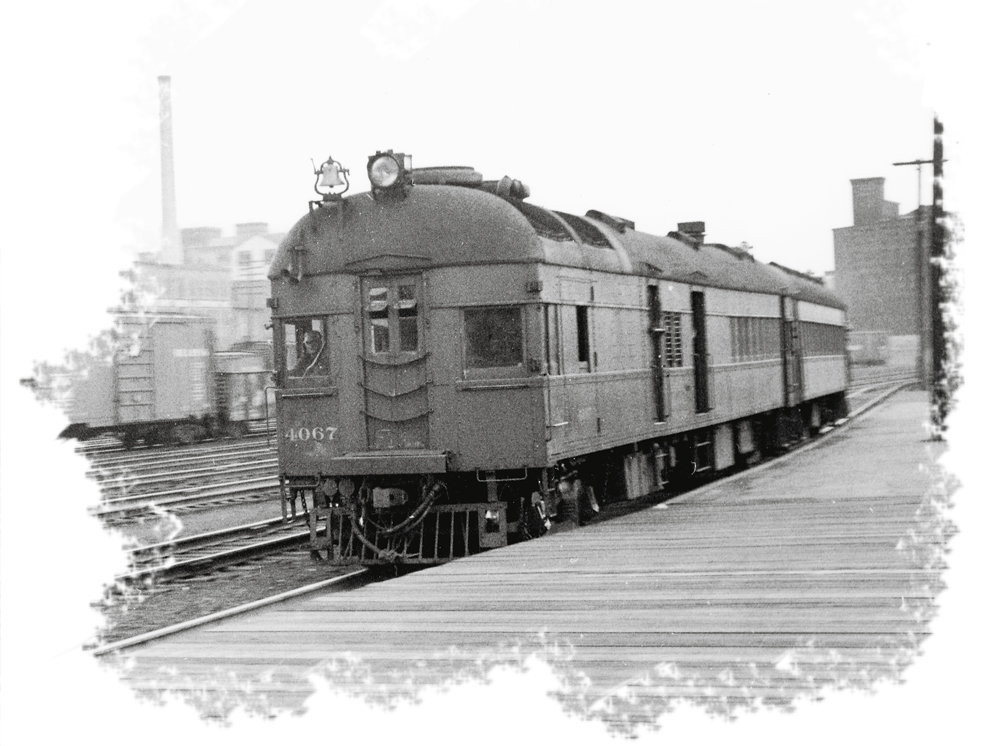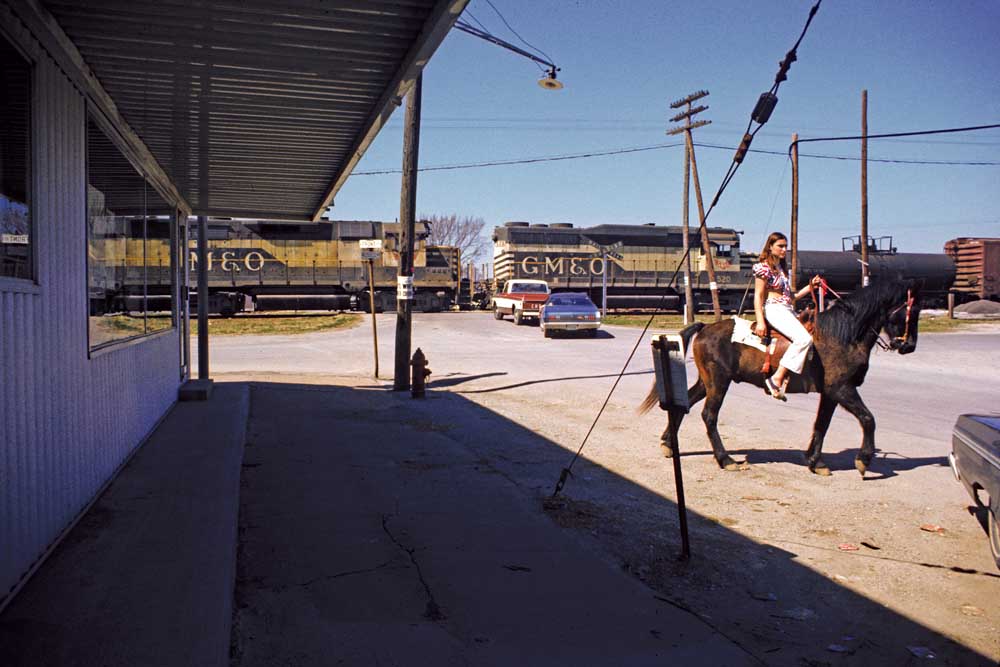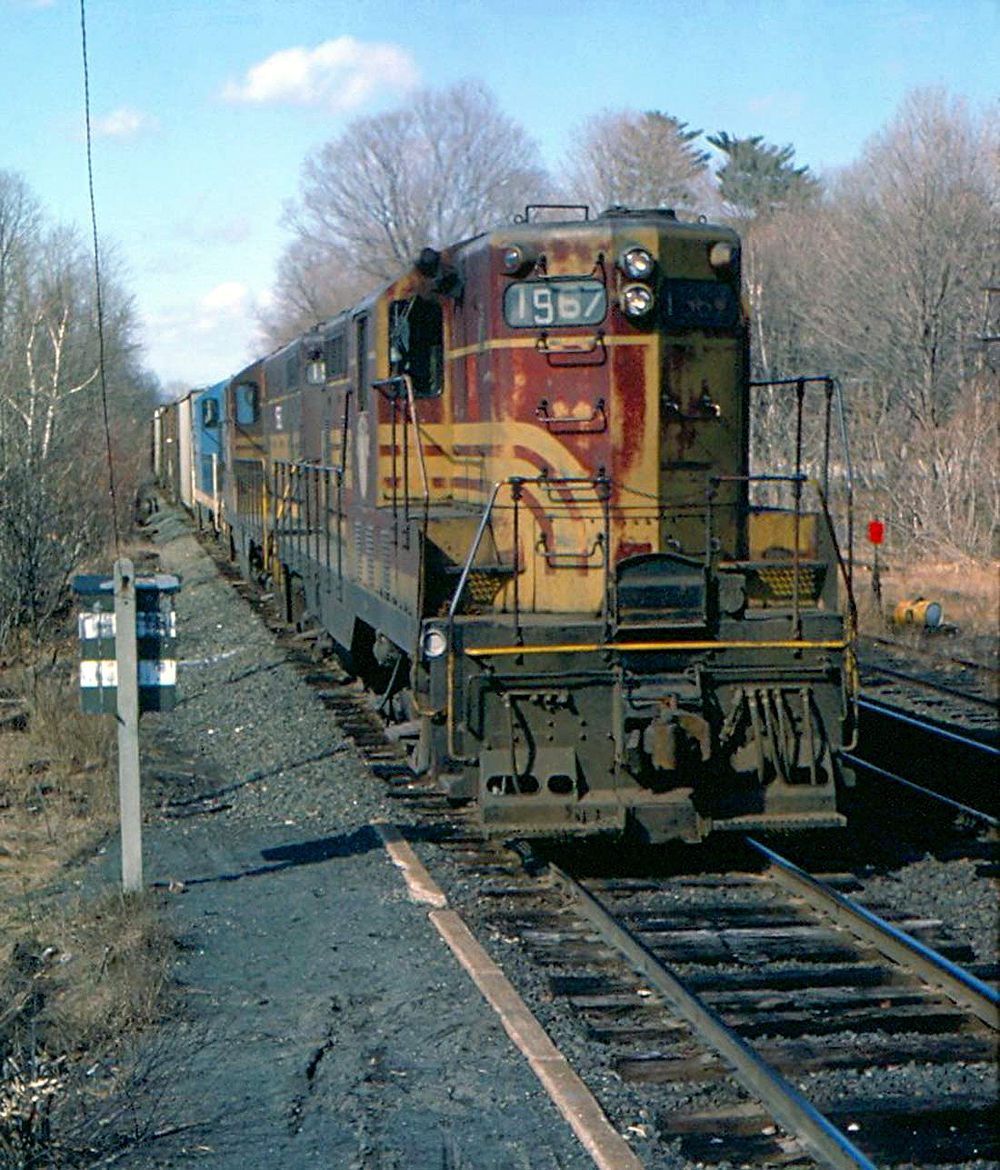To understand the task they faced, one should have a basic knowledge of the foundry industry as it existed in that time and economic strata. The principal raw materials of a typical iron- and steel-casting foundry were iron ore and scrap steel, plus lime . . . and sand. Foundry sand is different from basic construction, or play, sand, which is dredged from creek beds and too coarse and dirty for foundry use. Foundry-grade sand is a finer and much purer mineral product, screened and cleaned of trash. It was used in forms and molds that were filled with white-hot molten iron. Foundry managers were quite finicky when ordering this sand. Often the desired grade would come from hundreds of miles distant and was normally shipped in 35-foot hopper cars.
At the foundry, these loaded hoppers would be spotted by the local railroad, and the doors would be opened when the car was over the grates leading to the material storage areas. Gravity took care of the unloading. Even such a basic cost as car demurrage was carefully considered: Depending upon the foundry’s credit and billing with the local railroad, it could usually “hold” the car two or three days without these charges being applied.
The brothers either knew, or knew of, most of the businessmen in the area, and they were not at all shy in approaching them in their search for work. More than a few of these referred them to the local foundry, knowing that this business required casual labor.
Winter in the U.P. is generally a combination of bitter cold and extreme cold. Thus the sand, when it finally arrived, could be either frozen or frozen solid. During this particular week, the U.P. had been almost shut down for several days as the result of a bitter storm coming straight off Lake Superior. Little was moving—especially the sand within the wooden sides of the hopper spotted the previous morning on the foundry lead. So when relief arrived in the form of Pierce and Harry, the foundry manager offered them the mighty sum of $1 each to unload the car—the foundry would even supply the shovels, pick axes, and hot coffee.
By noon, the brothers noticed that an hour’s work had cleared only one shovelful of sand, and at that rate it would be a week into the next month before they would have that car unloaded. But Pierce, being the older and wiser of the two, also knew that a cousin employed in the quarry across town likely had immediate access to something that might be of great help to them—sticks of dynamite.
Their plan was to get several sticks, knock holes in the sand at the bottom of the hopper doors, and then shatter the sand with a well-placed charge. Off they rode, on their salvaged bicycles, to their cousin’s quarry. Knowing they would be queried as to the dynamite’s planned use, they concocted a story of needing to break up a frozen pile of dirt and sand, but omitting the exact location of this material.
The cousin provided them with some dynamite and primer cord, cautioning them that an amount of dynamite called an “egg” would be more than enough to rupture frozen piles of dirt. He also warned them to be far, far away and behind something solid when they touched off the primer cord.
Quickly the brothers discovered that the sand at the hopper doors was as frozen as that at the top. Drastic measures were called for! They knew their father had some tools at home—and off they rode to secure a hand-cranked brace and bit. Luck often follows ingenuity, and they quickly spirited this tool out of the shed and back to the foundry. There they took turns lying on their backs at the mouth of the hopper doors, one holding the brace at the face of the sand and the other kneeling down and turning the hand crank.
Next came a discussion as to exactly how much dynamite was needed; they knew how much an egg of dynamite was, but they lacked the experience required to compute the proper charge. That was quickly solved, however, by the weather and the mutual thought that if one or two eggs was good, several were better, and even more would be best. It wasn’t long, then, before each door opening was prepared and they were able to retreat behind a corner of a building, trailing the fuse cord.
After the passage of many, many years, the brothers were still exceedingly vague as to just how many eggs were placed in the frozen sand—only that they must have used enough to complete the unloading chore.
Matches were applied to the cord, and the brothers covered their ears in anticipation. When the explosion occurred, much of the force went through the frozen body of sand and to the sides, ends, and truck bolster supports. As Pierce later explained to the railroad police, there was sand all over the place along with hopper-car parts. The trucks and couplers were relatively undamaged; all else was beyond consideration for repair, according to the local freight agent. The suddenly loosened sand now was a burial chamber for their father’s brace and bit, which were not recovered for some days. The railroad agent correctly surmised that someone had to have assisted the boys in securing dynamite. When asked, they readily ’fessed up as to how they had gotten it.
Between short bursts of coughing, the foundry manager pulled the agent aside and in whispered conversation explained how the actual damage was pre-ordained. And he reminded him that the foundry had been, and still was, a steady and well-paying customer of the railroad.
The agent shortly thereafter wrote off the car as irreparably road-damaged. While the brothers were subject to several lectures from both the plant manager and their father, they survived. Indeed, both men secretly admired the ingenuity the boys showed in handling a tough job, enough admiration to prevent charges being placed against the brothers.
First published in Spring 2005 Classic Trains magazine.












